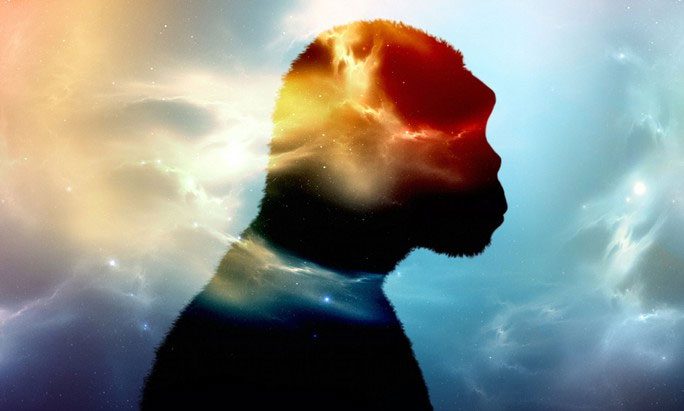Over 300,000 years ago, at least two very different species, including one or several “ghost human” species, interbred to create Homo sapiens – Modern Humans, as revealed by the DNA of 44 special individuals.
A new study has shown that the history of interbreeding in Homo sapiens and the lineage of our ancestors is more complex than we previously thought, according to Live Science.
Previous evidence suggested that Homo sapiens, or Modern Humans, frequently interbred with contemporary human species that went extinct tens of thousands of years ago, such as Neanderthals and Denisovans.

One or several “ghost humans” contributed to the emergence of Homo sapiens – (Image: BUFFALO UNIVERSITY).
However, research led by scientists Simon Gravel from McGill University (Montreal, Canada) and Tim Weaver from the University of California, Davis, reveals that even the original lineage of Homo sapiens was hybrid!
The study, recently published in the journal Nature, sought the origins of Homo sapiens by analyzing the DNA of 44 Nama individuals, a unique ethnic group in South Africa with a distinct gene pool.
They serve as living evidence of the presence of DNA from an ancient “ghost human” species, which diverged from the common lineage of Homo sapiens long ago, exhibiting significant morphological differences.
Referred to as “ghost humans” because they are a species that no longer exists in the fossil record, meaning no skeletal remains have been found to date.
One or several “ghost humans”, living separately from the main ancestral line of Homo sapiens, interbred sporadically over time, rather than living together and frequently interbreeding as later Homo sapiens, Neanderthals, and Denisovans did.
This took place over hundreds of thousands of years, resulting in a DNA mix sufficient to form a new species – which is us.
According to Professor Gravel, the vastness of Africa allowed for the early development of genetically distinct groups, living in different environments and climates with limited interaction.
However, the emergence of many distinct evolutionary groups from a single common ancestor, followed by gene mixing after many generations, is a valuable gift that enriches humanity and creates opportunities for the emergence of superior new species.
The research also debunks the hypothesis that Homo sapiens continued to interbreed “distantly,” i.e., with genetically very different species as their ancestors did. Previously, many believed that our species interbred with Homo naledi, a primitive-looking human species with distinct skull features. However, this is incorrect.
The results also indicate that these distant interbreeding events in Africa left around 1% to 4% genetic differences in the modern human population.


















































